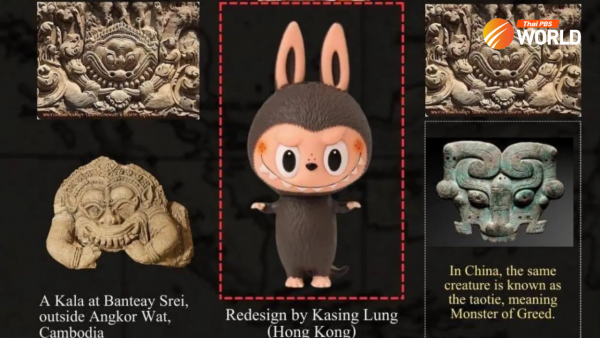Survival of Online Media: Changing Content Strategies

As social media becomes a main platform for audiences around the world and the role of the traditional platforms, such as television and newspapers, is gradually decreasing, challenges for the media arise, with some ethical issues, to stay updated and adapt content to match the fast, short and catchy formats of social media. South East Asia Online news providers are finding ways to survive the digital world with new content strategies.
Online was secondary
Before the 2000s, when news websites were starting to become more popular, they were still merely an alternative data source, used for brand development of the mainstream media and were used as a news distribution platform for people abroad. Online content started to become a serious source of additional income between 2008 and 2013. The media business model was developed and there was an attempt to use tools, such as search engine optimisation (SEO), to attract more online readers.
By 2014, social media and online news had become predominant, everyone could be “the media” and fake news was circulating. The mainstream media has been totally disrupted and is now struggling to survive, especially in South East Asian countries who are adapting to their distinct limitations.
South East Asia online media providers from Thailand, Myanmar, Cambodia, Laos, the Philippines and Indonesia, had exchanged their strategies in a regional seminar, called “Survival of Online News providers in the Changing World”, held in Bangkok on June 12th, 2023.
Transforming Content
Most online news services are now visualizing the news, making a short video for journalists to explain the news, along with posting online articles. Koh Santepheap Daily of Cambodia created a 60 second news format, called “60Buzz”, in which journalists read the news and show related footage and photos to respond to the audience’s shorter attention span and rapid news consumption behaviour.
Online media VietnamPlus has come up with “creative journalism”, merging other creative content with the news. They have created “RapNews”, where they hire rappers or musicians to “(w)rap the news” into a rap song instead of a news scoop. “NewsGame” made a trivia quiz out of the news, so people can get a deeper understanding of ongoing events. Do Minh Thu, a senior journalist with VietnamPlus, said that they came up with these ideas to cope with media disruption and to attract a younger audience.
Diversifying Platforms
News Editor from Vientiane Times, Somsack Pongkhao, said that COVID-19 brought about changes in Lao news providers and accelerated the wider use of social media, as 50% of the population now uses social media. He suggested that online media has to diversify their reach by analysing data usage, how many people are using each platform, what they consume from each, the time they spend, etc. Then they should diversify, prioritise and design the online content, based on that data, to achieve highest reach.
Leverage From Audiences References
Following mass preferences will always get the reach. Do Minh Thu also mentioned the use of AI and algorithms to track audience behaviours and provide them with news of their preference when they use VietnamPlus.com.
“In the modern era, data is a mine of gold that, if we understand our reader, we can produce and provide information they need. When they feel that we provide interesting or necessary things for readers, of course, they would come back. That is how we use AI to understand the readers.” she said.
Furthermore, categorising based on topics in which audiences are interested would help in reaching more exact target groups–such as food, politics, travel, the environment etc.
Surviving Censorship
Among SEA countries, Myanmar is facing the most existential threat after COVID-19 and the military takeover. Min Thaw Htut, Executive Director of Eleven Media Group in Myanmar, an anti-government independent news publisher since 2000, is now on digital as well. Min explained how they try to maintain credibility in a deluge of disinformation, junta-government censorship and self-censorship, even if they are not able to reveal the whole truth.
“Our main principle is that, if we cannot report the true news, we will never report the false news. We will not make the false news become true …. We focus a lot on our independent journalism. We do not let [ethical issues] affect our ethics…but, at the same time, our advertising has to be more flexible than before.” said Min Thaw Htut.
Despite changes in content strategies to survive, ethical challenges emerge, along with the ever-developing media digitalisation. Can we keep our news information all-rounded in fast and short clips, maintain our credibility and fact-based content while making it creative or more fun to consume? Do we cross the line of journalistic objectives by using AI to cater only to preferred media, instead of being a neutral news feed for audiences to choose, explore and judge based upon their own media literacy.
Read part II: Survival of Online Media: Transforming Business Model at: https://www.thaipbsworld.com/survival-of-online-media-transforming-the-business-model/
By Atikan Kulsakdinun






